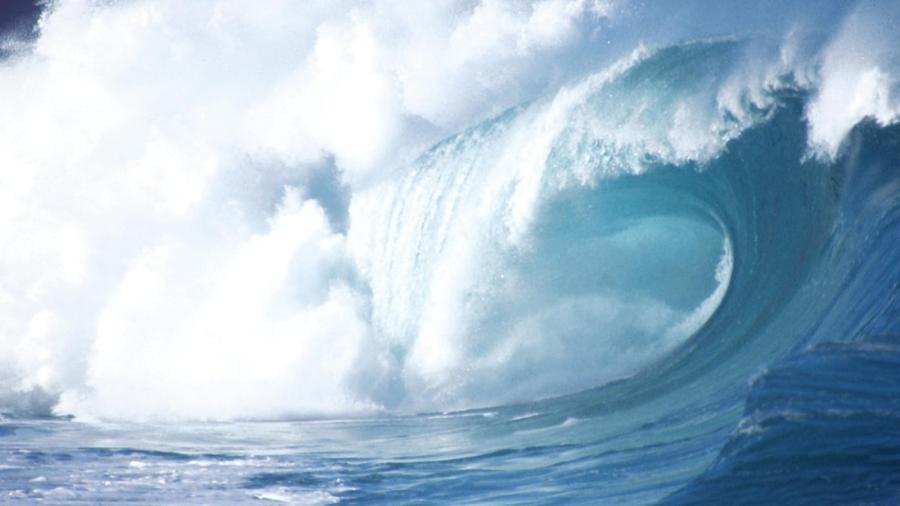How Does a Typhoon Develop?

A typhoon develops from the combination of a warm sea surface, atmospheric turmoil, intense humidity, enough Coriolis force to create a low pressure center, low vertical wind shear, and an already existing low level focus or disturbance. Typhoons occur between December and May, and most happen in the northwestern Pacific Ocean. They are the most severe on the tropical cyclone scale.
Although Japan and China experience typhoons, the Philippines are impacted the most. In total, 18 countries are in danger of typhoons. Wind speeds of a typhoon start at 74 mph, though the United States’ Joint Typhoon Warning Center only counts a storm as a typhoon when wind speeds reach 150 mph. Some countries, such as Hong Kong, further break down the designation of typhoons based on their wind speeds.
Since 1959, there have been 1,419 typhoons, averaging about 27 a year. The months with the highest rates of typhoons are August and October. The average typhoon is 40,000 times more powerful than the average thunderstorm. Typhoons travel in several directions, including north and west. They rotate counter-clockwise in the Northern Hemisphere and in the opposite direction in the Southern Hemisphere. Typhoons dissipate when they reach an area of cool dry air, encounter a large land region, or move over an area of cool ocean water.





